Finding the best service dog breeds isn’t just about popularity—it’s about purpose, personality, and precision. Whether you need physical support, medical alerts, or psychiatric reassurance, the right dog can change your life. But not every dog has what it takes. Understanding what makes certain breeds so trainable (and suited to specific tasks) is the first step to finding your perfect partner.
By the end of this guide, you’ll know the top breeds by specialty, the traits that matter most, and how to choose the one that fits your life—not just the job.
TL;DR — Top Service Dog Breeds & Why They Excel
- ✔️ Labrador Retrievers – Calm, obedient, and ideal for guide or medical alert roles.
- ✔️ Golden Retrievers – Gentle and people-pleasing; great for emotional and mobility support.
- ✔️ Poodles – Hypoallergenic and super smart—perfect for psychiatric or scent-based tasks.
- ✔️ German Shepherds – Focused, fearless, and excellent for guiding or protective work.
- ✔️ Great Danes & Bernese Mountain Dogs – Big, stable, and strong; made for mobility assistance.
Scroll on to see which breed matches your needs—and why trainability is more than just being smart.
Task-Specific Talent
Breed matters—but so does the job you’re asking them to do.
Trainability Factor
The best service dogs are eager, focused, and emotionally attuned.
What’s the Difference Between Service, Therapy, and Emotional Support Dogs?
It’s easy to lump all helpful dogs into one category—but legally and functionally, service dogs, therapy dogs, and emotional support animals (ESAs) are very different. Understanding what sets them apart is the first step to knowing which type of dog—and training—is right for your situation.
Service Dogs
- Legally protected under the ADA (Americans with Disabilities Act)
- Trained to perform specific tasks that directly assist a person with a disability
- Examples: guiding the blind, alerting to seizures, retrieving items, interrupting self-harming behaviors
- Allowed in public places, including airplanes, restaurants, and stores
Key trait: Service dogs must be intensely focused, task-oriented, and emotionally steady—even in chaotic environments.
Therapy Dogs
- Provide comfort and emotional support in group settings like hospitals, schools, or disaster zones
- Not covered by ADA protections—they can be invited into spaces, but don’t have automatic access
- Typically owned by a volunteer and visit others, not trained for a specific handler
Think of them as emotional cheerleaders—not trained assistants.
Emotional Support Animals (ESAs)
- Offer companionship to people with mental or emotional conditions (anxiety, depression, PTSD, etc.)
- No formal task training required
- May have housing access rights under the Fair Housing Act, but not public access like service dogs
⚠ Heads-up: ESAs are not the same as service dogs—and calling them that can get both dogs and people in trouble.
Bottom line?
Only service dogs are trained for specific life-assisting tasks and legally protected in public places. The right label matters—especially if you’re looking to train or adopt a dog for disability support.
Key Traits That Make a Great Service Dog

Not every dog—even among intelligent breeds—is cut out for service work. The best service dog breeds share specific traits that go beyond just being smart. It’s about emotional intelligence, focus, and the ability to adapt under pressure.
Here’s what truly makes a dog “service dog material”:
Trainability
- Responds quickly to commands with minimal repetition
- Can generalize tasks across environments (e.g., alerting at home and in public)
- Shows problem-solving ability—vital for unexpected situations
Pro Tip: Eagerness to learn is just as important as raw intelligence. Some dogs are smart but stubborn.
Temperament
- Calm and non-reactive in crowds, around loud noises, or strange environments
- Doesn’t startle easily or become aggressive when surprised
- Emotionally balanced—neither anxious nor overly excitable
The best service dogs stay centered—even when everything around them isn’t.
Focus & Handler Bond
- Builds a strong, trusting connection with their person
- Able to ignore distractions when “on duty”
- Comfortable being by someone’s side for long periods
Physical Suitability
- Size and strength must match the task (e.g., mobility support vs. scent alert)
- Healthy joints, good stamina, and solid sensory skills (especially for hearing or guide work)
- Low to moderate grooming needs—important for daily function
Task-Specific Ability
- Some breeds naturally excel in scent work, guiding, or bracing
- Others are more attuned to psychiatric or emotional cues
- Matching task to temperament is the secret to successful placement
Best Service Dog Breeds Ranked by Task Type
Different disabilities require different kinds of help—and not all breeds are built for every job. Below, we break down the best service dog breeds by the type of support they’re naturally suited for.
Guide Dogs (For Visual Impairments)

Best Breeds:
- Labrador Retriever
- Golden Retriever
- German Shepherd
✅ Why They Work:
- Steady gait for leash walking
- Confident and non-reactive in crowds
- Large enough to lead and redirect safely
- Loyal and alert—without being aggressive
Pro Tip: Labs and Goldens are favorites not just for their smarts, but their gentle nature in unpredictable environments.
Medical Alert Dogs (Seizures, Diabetes, POTS, etc.)

Best Breeds:
- Standard Poodle
- Labrador Retriever
- Border Collie
Why They Work:
- Exceptional scent detection abilities
- Strong emotional bond with handler
- Quick to notice subtle changes in body chemistry or behavior
- High trainability for complex alerts (like fetching meds or pressing buttons)
These breeds don’t just “smell a seizure coming”—they respond with life-saving tasks.
Mobility Support & Physical Assistance

Best Breeds:
- Great Dane
- Bernese Mountain Dog
- Boxer
Why They Work:
- Large and strong enough to assist with bracing, balance, or pulling a wheelchair
- Calm, dependable demeanor
- Tolerant of repetitive tasks like retrieving dropped items
⚠ Heads-up: Big dogs are amazing for mobility—but they require space, structure, and strength from the handler too.
Psychiatric Service Dogs (PTSD, Autism, Anxiety)

Best Breeds:
- Labrador Retriever
- Standard Poodle
- Australian Shepherd
Why They Work:
- Intuitive and emotionally attuned
- Great at deep pressure therapy (DPT), interruption behaviors, or leading someone to safety
- Form strong handler bonds—especially important for trauma recovery
Many psychiatric service dog tasks are invisible to others—but life-changing for the handler.
Pro Tips on Choosing the Right Breed for Your Needs
Finding the “best” service dog breed isn’t just about rankings—it’s about finding the right match for you. Even the most trainable dog can struggle in the wrong role or lifestyle. Here’s how to think beyond the breed list and choose with confidence.
1. Match the Dog to the Task
- Mobility assistance? You’ll need a larger, stronger dog.
- Psychiatric support? Look for emotional sensitivity and calm presence.
- Medical alerts? Prioritize scent work and focus.
- The task should guide your breed—not the other way around.
2. Think About Your Environment
- Live in an apartment or small space? A Border Collie may not be realistic because of their activity level needs.
- Need a low-shedding breed due to allergies? Look into Poodles or doodle mixes.
- Urban vs. rural life affects stimulation, noise tolerance, and physical activity.
3. Individual Temperament > General Breed Traits
- Even within the same litter, some puppies will be more anxious, dominant, or distractible.
- Work with a reputable breeder or service dog organization that understands placement.
- Temperament testing (like the Volhard Puppy Aptitude Test) helps screen for service potential early on.
4. Know That Training Is a Long-Term Investment
- Full training for service work can take 1.5 to 2.5 years.
- Professional programs can cost $15,000–$50,000+ depending on specialization.
- Owner-training is possible—but requires time, consistency, and legal awareness.
Vet Tip: Start with a temperament-appropriate puppy around 8–12 weeks old or adopt an adolescent with foundational training. Early socialization is non-negotiable.
Bottom line: The “best service dog breed” is the one that fits your life, needs, and capacity to train. There’s no one-size-fits-all—only the right fit for you.
Service Dog FAQs: What People Are Asking
What’s the smartest service dog breed?
Border Collies are widely considered the most intelligent breed overall, but Labrador Retrievers and Poodles combine smarts with emotional steadiness—making them ideal for service work. Intelligence alone isn’t enough; trainability and temperament are key.
Can small dogs be service animals?
Yes—small dogs can be service animals if they’re trained for tasks within their physical limits. For example, a Chihuahua can alert to medical episodes or retrieve lightweight items, but wouldn’t be suitable for mobility support.
How long does it take to train a service dog?
On average, full service dog training takes 18 to 24 months. This includes basic obedience, public access training, and highly specialized task work. Dogs usually start training as puppies, but some adults with the right temperament can also succeed.
Are doodles good service dogs?
Yes—with the right screening. Labradoodles and Goldendoodles often combine the intelligence of Poodles with the warmth of Retrievers. But doodles can be unpredictable in temperament, so careful evaluation is essential before training.
Can I train my own service dog?
Yes—owner-training is legal in the U.S. under the ADA. However, it’s a serious commitment.
- You’ll need:
- A dog with the right temperament
- Knowledge of public access laws
- Consistency and patience
- Willingness to seek help from professional trainers when needed
⚠ Heads-up: Emotional support animals and therapy dogs do not have the same legal rights as service dogs, even if trained at home.
You Deserve a Dog That Supports You—Fully and Faithfully
Whether you need help navigating physical challenges, calming anxiety, or sensing medical episodes before they strike, the right service dog isn’t just a companion—they’re a lifeline.
Choosing the best service dog breed is about more than popularity. It’s about fit, function, and the bond that forms between a dog who understands you and a life that needs them.
Take your time. Ask questions. And when you find the right dog? You’ll know.
Author
Hey there, I'm Jamey, and I've been an animal lover for as long as I can remember. Growing up on a 50-acre farm in Ontario, Canada, I was surrounded by a menagerie of furry friends, from beloved cats and dogs to goats, horses, cows, and even chickens. Now, I call Victoria, British Columbia my home, and my heart belongs to my adorable Balinese cat, Milo. When I'm not editing blog posts here at DogVills, I enjoy helping solo entrepreneurs with their passion projects and online marketing. Over the years, I've also ventured into creating and selling various blogs.

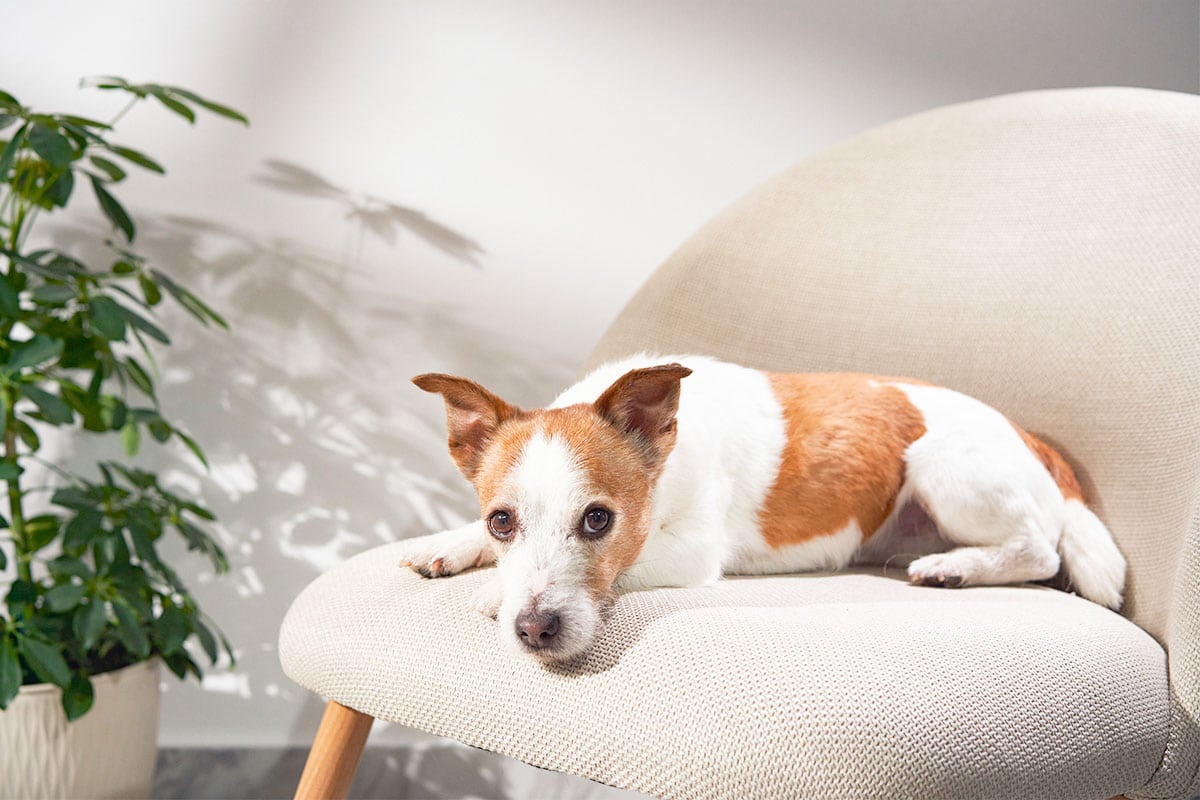
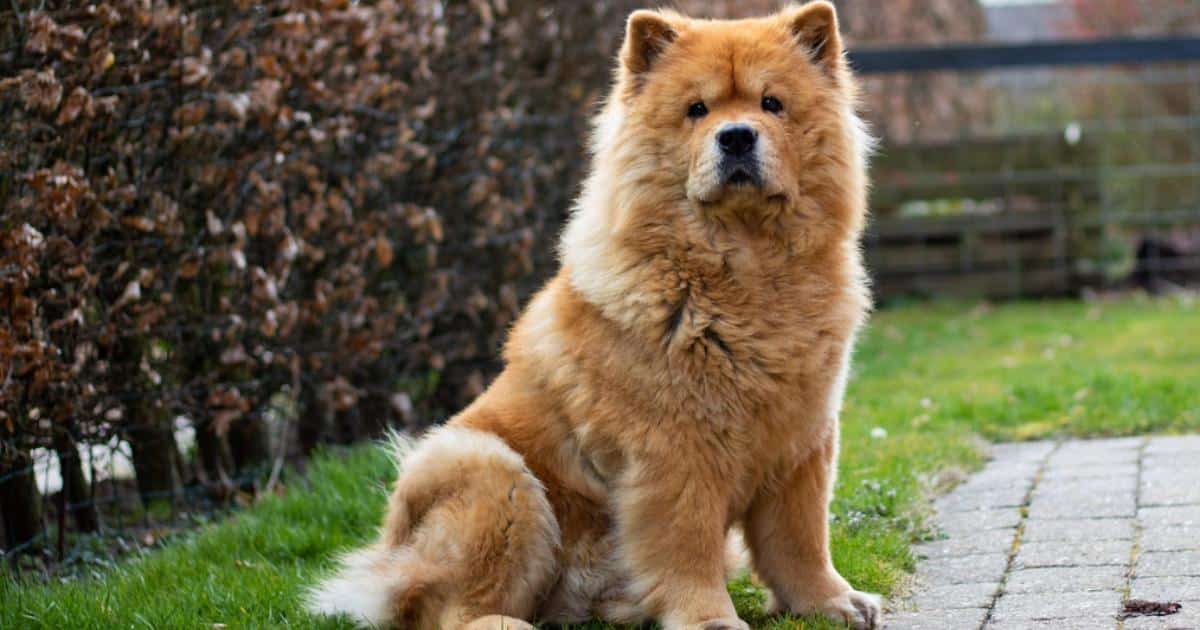





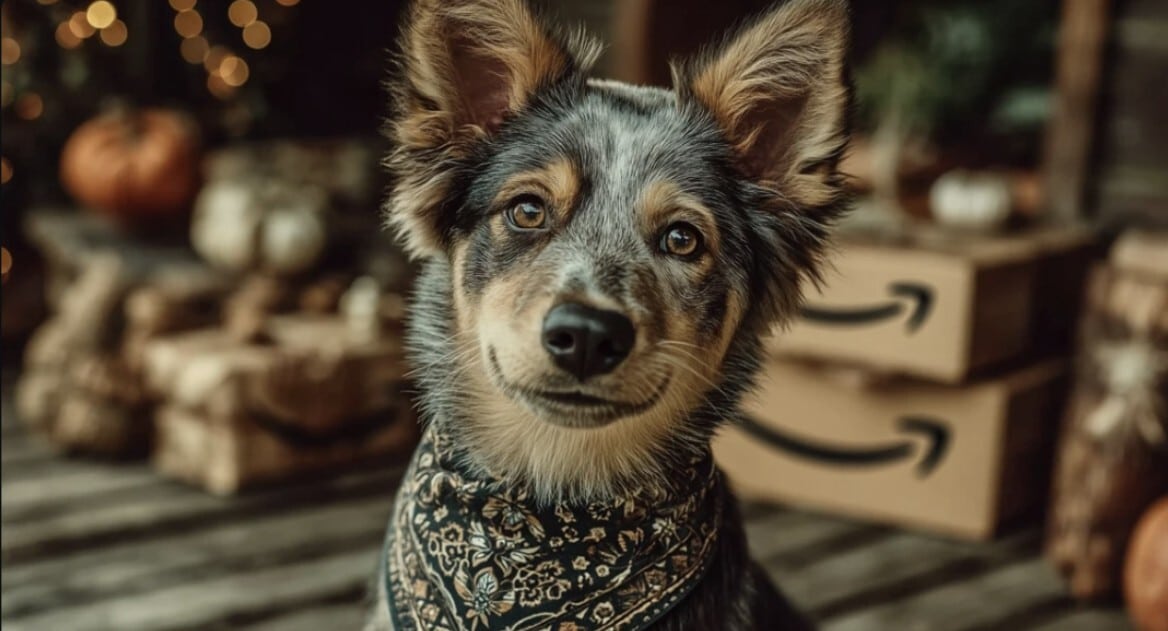
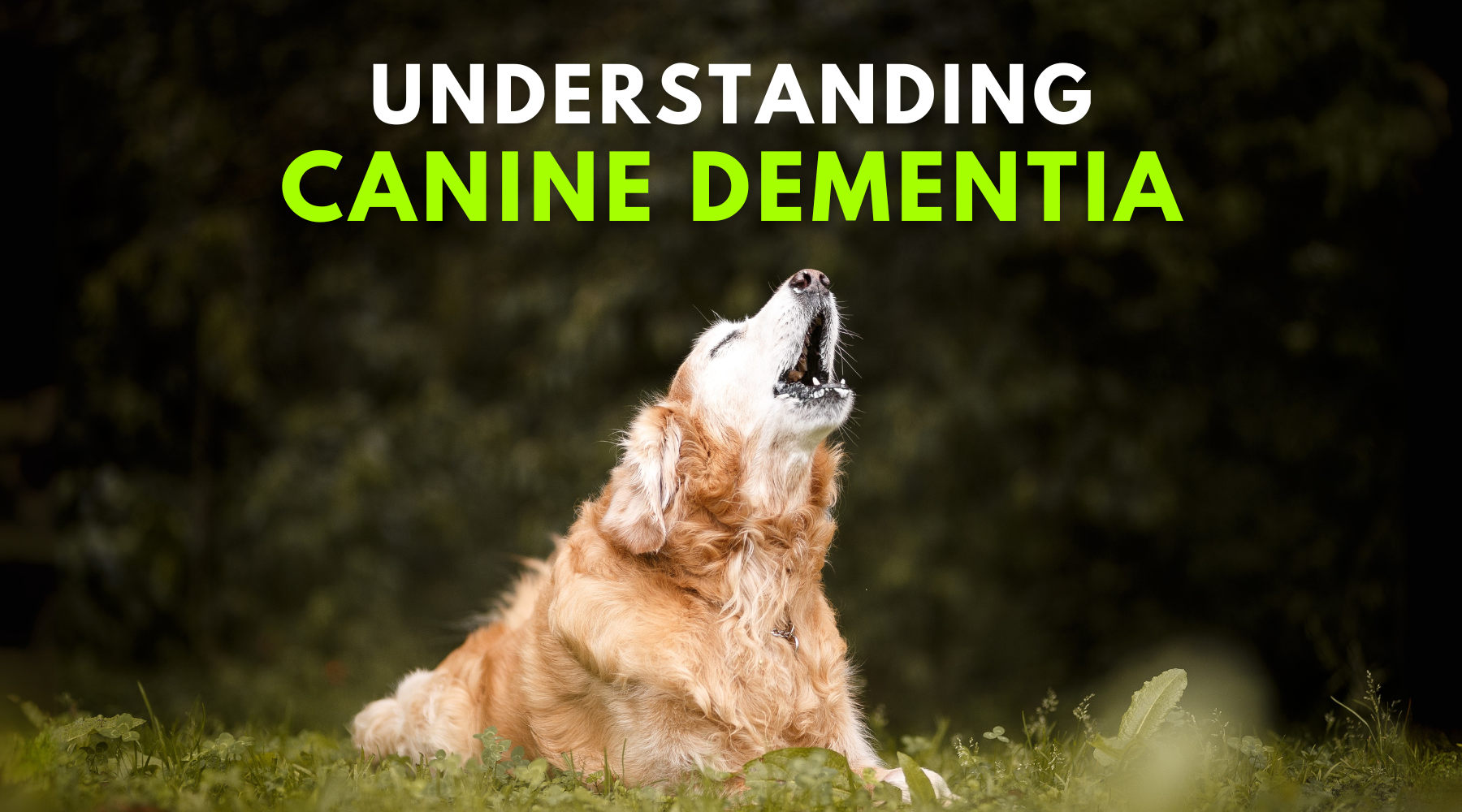
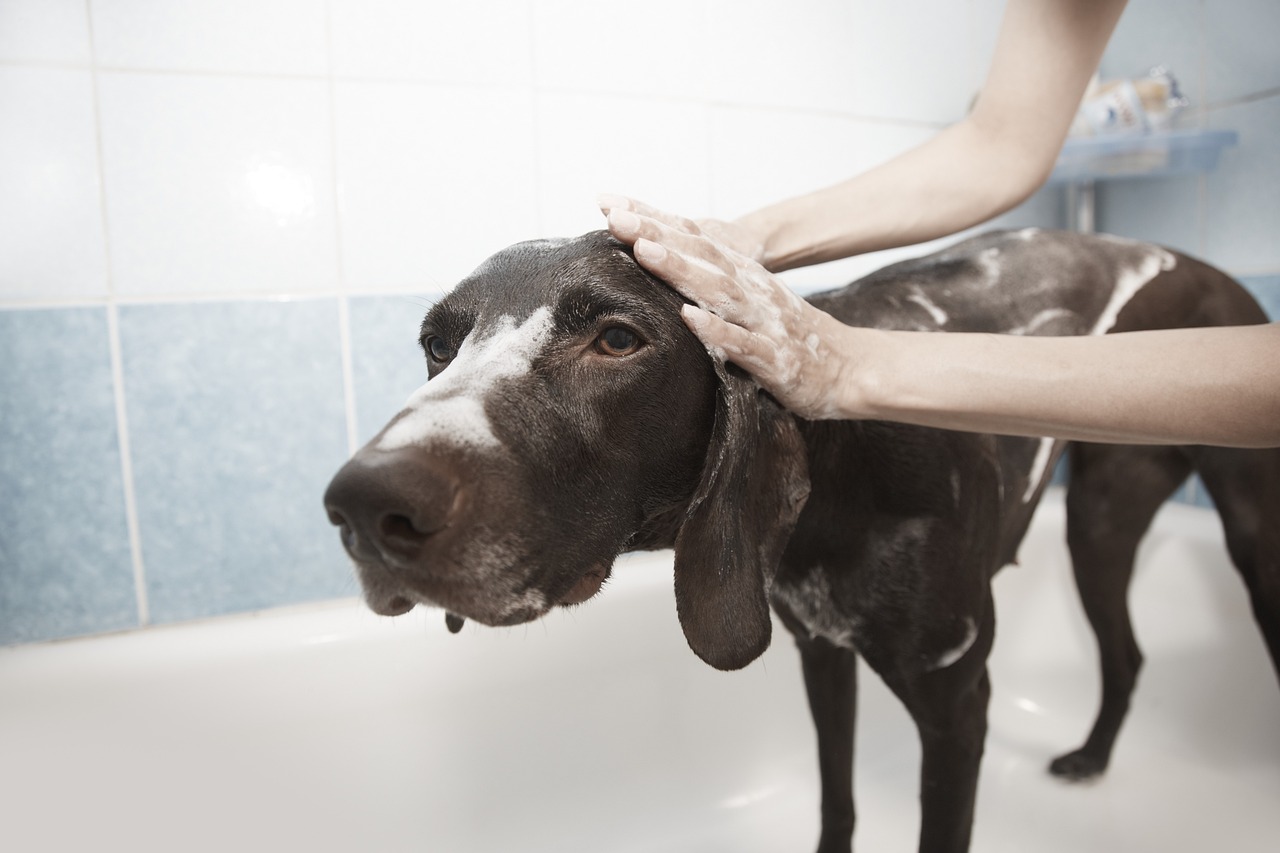





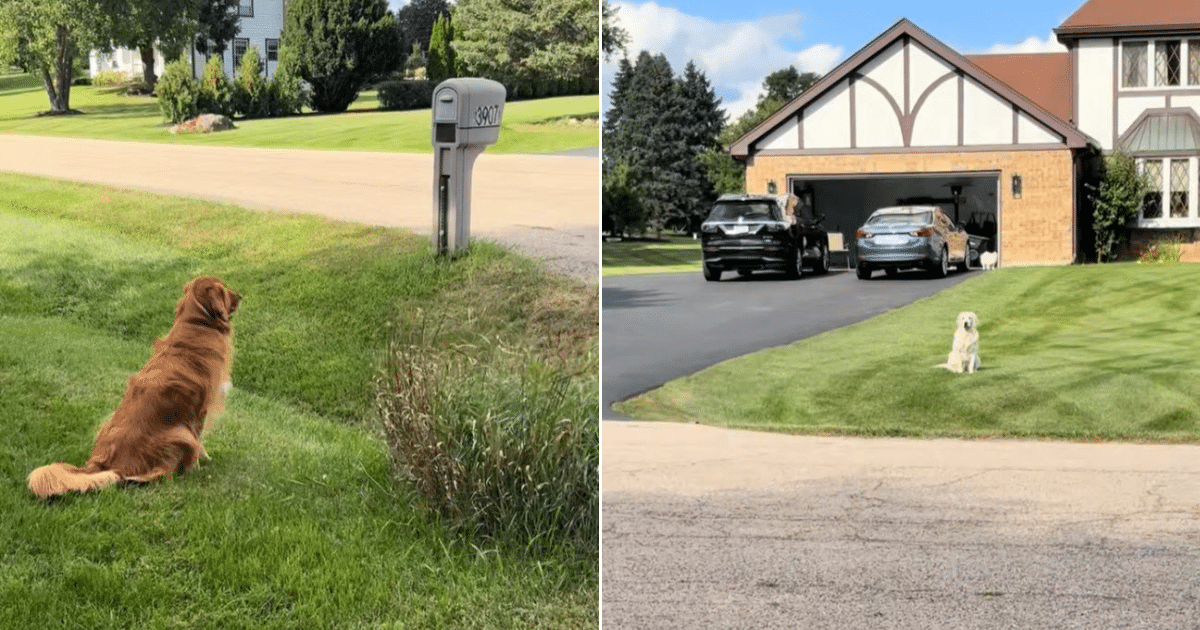
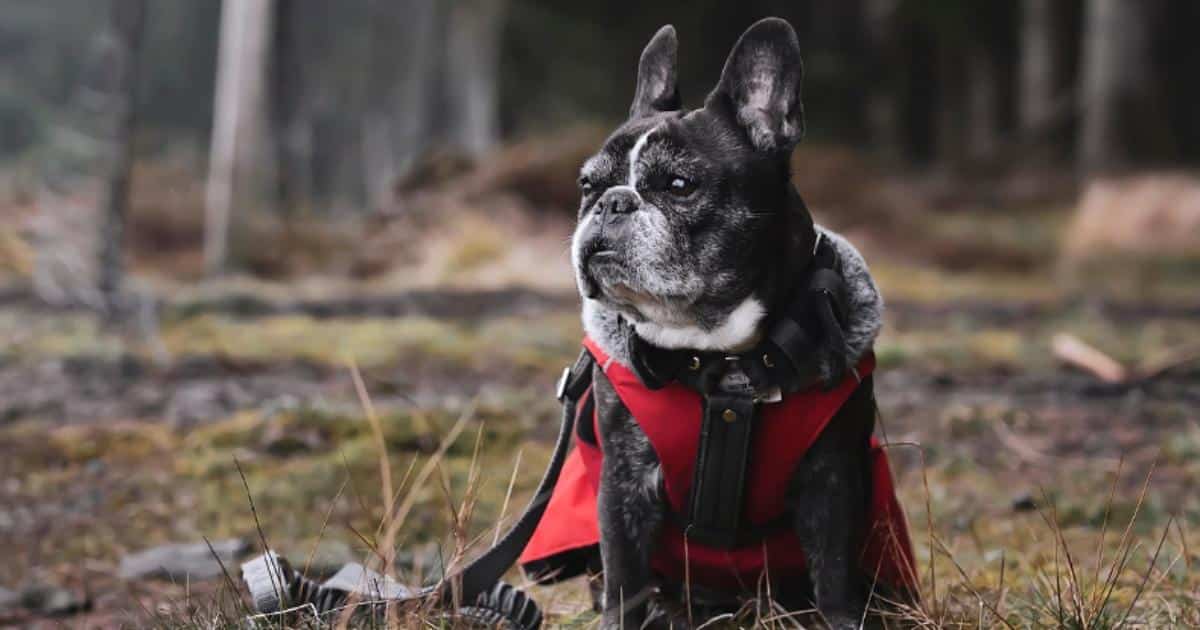
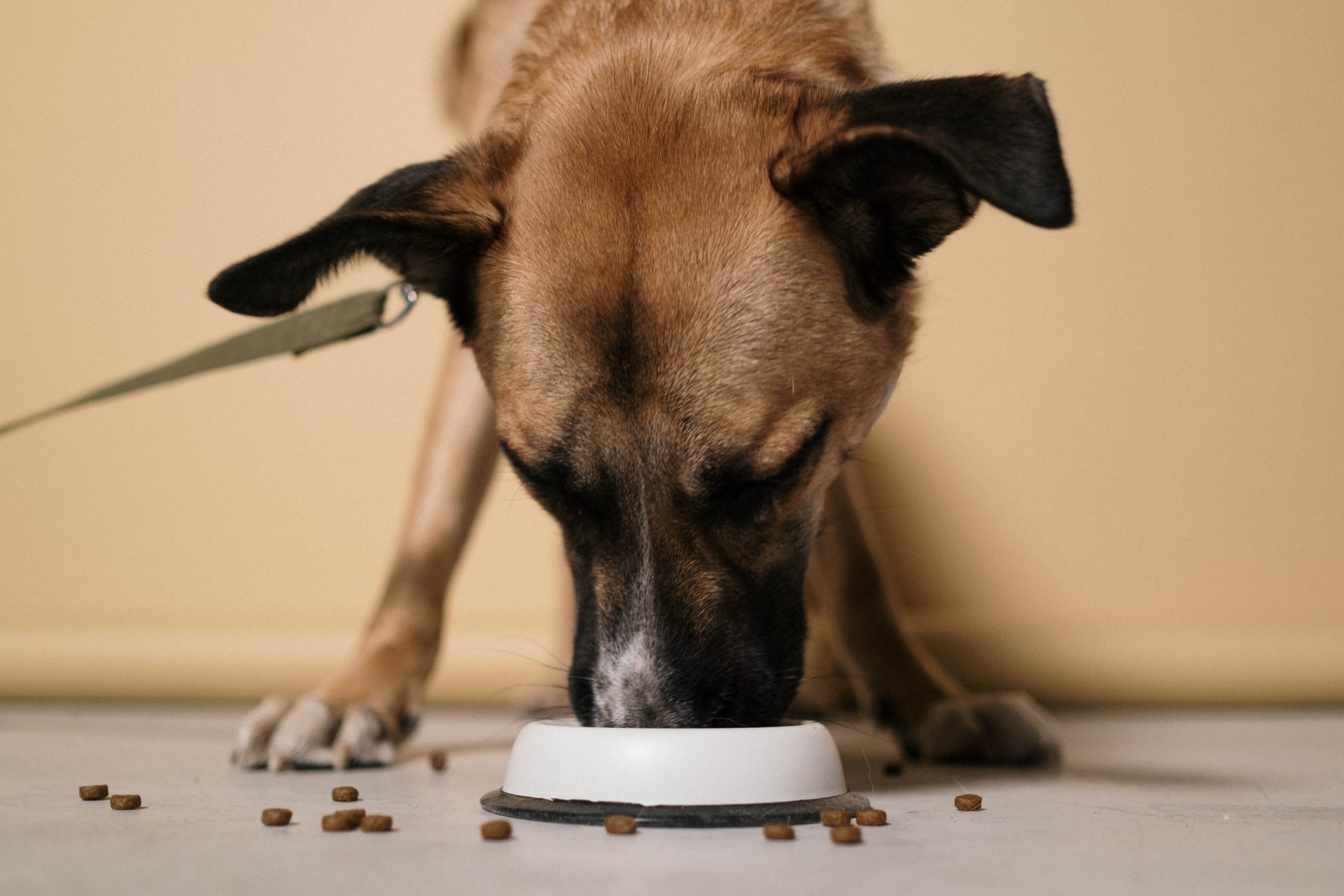
 English (US) ·
English (US) ·